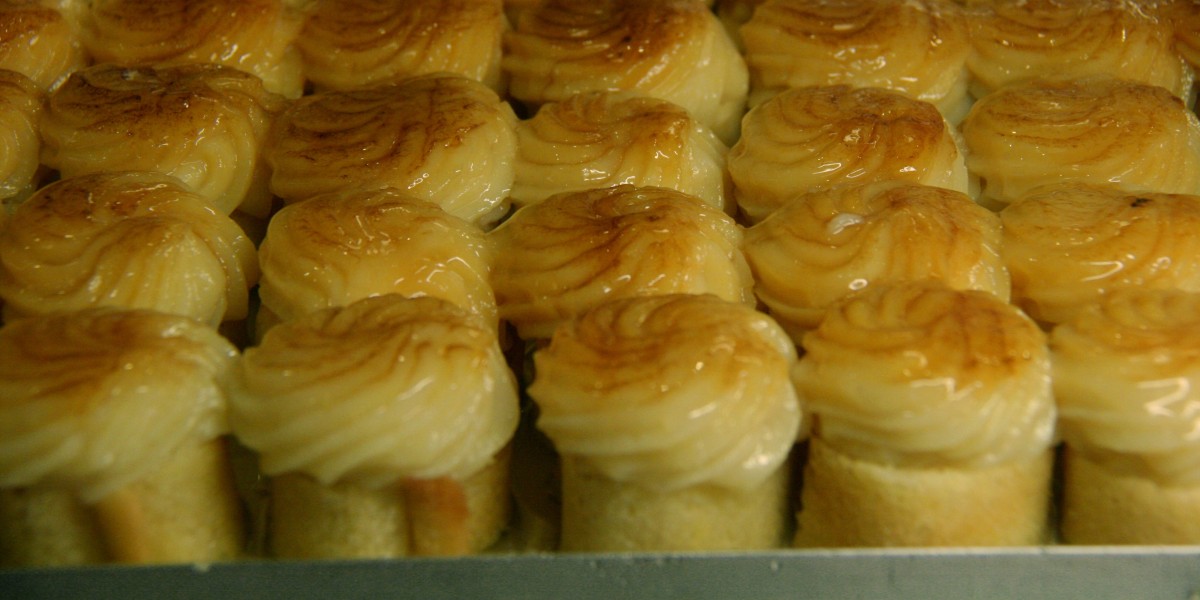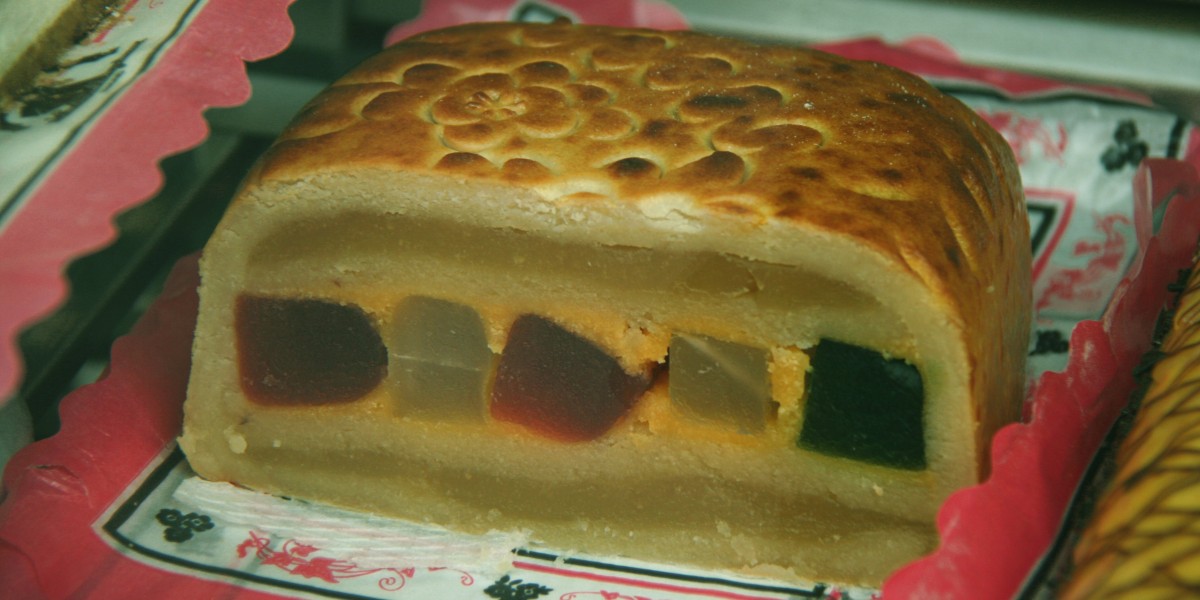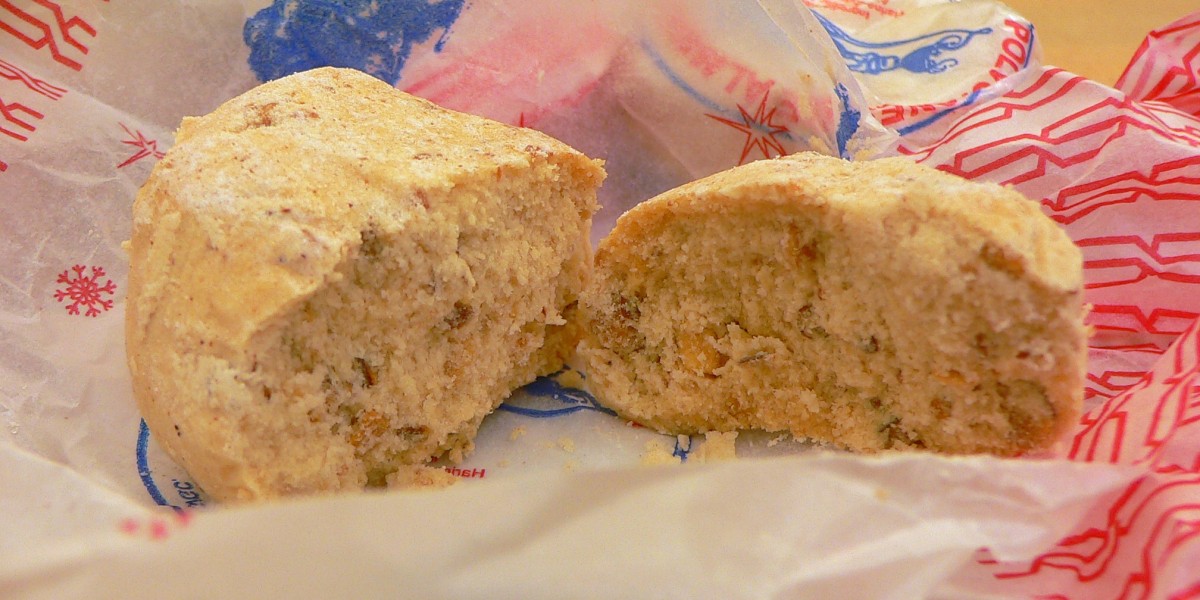
The autonomous community of Andalusia is renowned for its rich culinary tradition, which combines Moorish, Jewish and Christian influences, creating a unique and flavourful cuisine. Desserts occupy a prominent place in its culinary offerings, reflecting the region's history and culture.
Andalusia's traditional desserts are known for being simple, yet flavoursome, thanks to local ingredients such as olive oil, almonds, honey and locally grown fruits.
Piononos
Pionono is one of Andalusia’s most iconic desserts, originating from Santa Fe in the province of Granada. This delightful treat consists of a small, rolled sponge cake soaked in a light syrup and topped with toasted cream.
The name pionono honours Pope Pius IX, known as Pius Nono in Italian, and was created in the 19th century by Ceferino Isla. This dessert has since become a symbol of Granada’s confectionery, showcasing the skill of Andalusian pastry chefs who blend tradition with innovation in their sweet creations.

Papaviejos
Papaviejos are a traditional sweet from Almería and other regions of southeastern Spain, typically prepared during Carnival. These small, fried dough balls are made with boiled potatoes, flour, egg and sugar. Once fried, they are dusted with sugar and cinnamon.
This dessert has humble origins, using simple and affordable ingredients. Yet, its delightful flavour has won over generations, making it a beloved classic during festive celebrations.
Engañamaridos
Engañamaridos are unusual sweets originating in Huelva, whose history is shrouded in legend and anecdote. It is said that this dessert owes its name to its ability to "trick" husbands into believing they are eating something more elaborate. In reality, it is a simple combination of fried dough and sugar.
Despite being very simple, these husband-tricking sweets are highly prized for their flavour and crunchy texture. This dessert is a clear example of how culinary creativity can transform basic ingredients into an irresistible delight.
Pan de Cádiz
This Christmas delicacy is a typical sweet from Cádiz, which combines marzipan and candied fruit. This dessert is bar-shaped and covered with a thin layer of baked, golden marzipan, giving it a delicious and festive appearance.
Originally from the city of Cádiz, this sweet treat has become a Christmas tradition throughout Andalusia. Its preparation requires patience and precision, but the result is a dessert that delights with its soft texture and sweet, fruity flavour.

Pastel cordobés
Pastel cordobés is a gem of Andalusian pastry, pairing flaky puff pastry with cabello de ángel – a sweet jam made from candied pumpkin pulp. This traditional dessert is typical of Córdoba and is especially popular during local festivities.
The contrast between the crisp pastry and the smooth, syrupy filling creates a distinctive culinary experience. Its preparation demands both skill and patience, reflecting the artistry of Cordoban baking.
Papajotes
Papajotes – not to be confused with Murcian paparajotes – are a simple, traditional dessert from Jaén, commonly prepared in the rural areas of the province and other parts of Andalusia. Made with a dough similar to that of buñuelos, they combine flour, egg, milk and sugar, then are deep-fried until crisp on the outside and soft inside.
These sweet treats are typically served sprinkled with sugar and cinnamon, giving them an irresistible aroma. Papajotes are perfect alongside a cup of hot chocolate or coffee, making them a comforting indulgence, especially during festive gatherings.
Mantecados
Mantecados are one of Andalusia's most traditional and representative desserts, especially in the province of Seville, and are famously produced in the town of Estepa. These small, delicate bites, with their soft, crumbly texture, are made with lard, flour, sugar and almonds.
What sets Estepa’s mantecados apart from other Andalusian varieties is the artisanal craftsmanship passed down and perfected over centuries. They also stand out for their wide range of flavours, from traditional cinnamon to almond and rich chocolate, each one offering a unique taste of Andalusian confectionery heritage.

Tortas locas
Tortas locas are a classic dessert from Málaga, instantly recognisable by their vibrant appearance and irresistible flavour. They consist of two layers of puff pastry filled with creamy custard and topped with a glossy, bright orange glaze.
Hugely popular throughout Málaga, these sweet treats are available in bakeries all year round. Their playful name – meaning “crazy cakes” – refers to the bold, carefree look of the vivid icing, making them as eye-catching as they are delicious.
Foodie routes in Andalusia
Andalusia offers a rich variety of food tours where you can sample its traditional desserts while soaking in the region’s enchanting landscapes. One popular option is the Montilla-Moriles Wine Route in Córdoba, where you can pair the renowned local wine with treats like pastel cordobés.
Another highlight is the Iberian Ham Trail in Huelva. While best known for its world-class ham, the region also offers delicious sweets such as pestiños and alfajores, deeply rooted in Andalusian tradition. And of course, no visit would be complete without stopping by the traditional bakeries in the region’s main cities, where you can enjoy local specialities amid the charm of historic streets.
